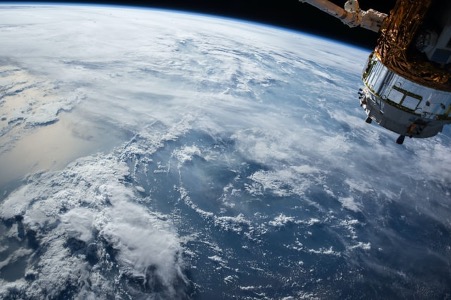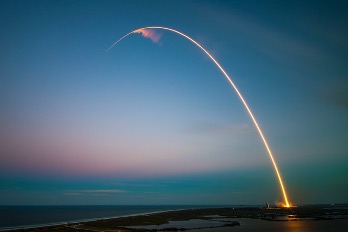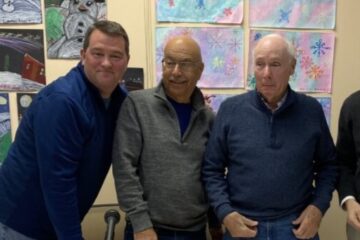
George Carris has extensive history working with companies that are on the leading edge of technology and scientific advancements. He notes that an exciting trend is the increased investment by private enterprise into space exploration and technology. As these companies and government agencies continue to expand their space programs, George William Carris explains that it’s important to keep up with the latest news from that field, and where it intersects with private industry.
Below, George Carris discusses three top stories from the world of space exploration and technology, including a pending moon collision, new scientific findings, and an update on the James Webb Space Telescope. Let’s get started!
Rocket on Collision Course with the Moon
George Carris reports that back in 2015, Elon Musk’s SpaceX helped launch a weather satellite into orbit using their Falcon 9 booster rocket. After completing its mission, the Falcon 9 rocket was abandoned and left to join the ranks of other floating detritus. However, the Falcon 9 has since made headlines again after it was found to be on a crash course with the moon.
After being pulled around by the Sun, Earth, and Moon, gravity has positioned the rocket to collide with the moon on March 4. George Carris explains that the rocket is no longer active, though its 5,000-ton metal hull is expected to leave a small crater on the moon’s surface. This shouldn’t be a reason for concern, though.
Astronomers have conducted experiments in the past to see what would happen if rockets of similar size were to crash into the moon, finding that the damage will be minimal. However, Professor Johnathan McDowell of the Harvard-Smithsonian Center for Astrophysics notes that if humanity is to build bases on the moon in the future, we will have to prepare for possible future collisions.
Radio Signals Picked Up from Unknown Space Object
According to findings published by Natasha Hurley-Walker of the Curtin University node of the International Centre for Radio Astronomy Research, astrophysicists have detected an unknown object that’s emitting large amounts of radio-wave energy at regular 18-minute intervals. Although it’s not unheard of for frequencies to reach Earth, this interval had scientists’ ears perked up.
Initially, Hurley-Walker and team had no idea what the object could be, George Carris explains. Typically, flaring space objects send out rapid-fire energy transmissions from blazing matter left behind from dead stars. However, the long deadtime between transmissions has led the team of scientists to believe it could be an example of the previously theorized ultra-long period magnetar.
This makes it the first sighting of a highly magnetized neutron star. Neutron stars are created after a supermassive Red Giant star collapses into itself, producing a supernova. The remaining core of incredibly dense atomic material continues to emit radiation and radio frequencies as it spins around.
Normally, George Carris explains that neutron stars spin at dizzying speeds, hurling frequencies at repeating millisecond rates. However, a highly magnetized neutron star emits frequencies more slowly. For now, though, the team will continue to track its activity and publish further data as it’s collected.
James Webb Space Telescope Settles into Final Orbit
After traveling for a month, NASA’s James Webb Space Telescope has settled into its final position 1 million miles away from Earth. It will now begin unfolding itself to expose the inner telescope and record images of some of the most distant stars and galaxies in the universe.
This was no easy feat, requiring highly specific math to account for gravity and orbital speeds. Yet its journey isn’t entirely over. The telescope will have to engage its thrusters for 2-3 minutes every month for the remainder of its lifespan to stay in orbit. During that lifetime, it will send back some of the most vivid images of the universe we’ve ever seen.
George William Carris says the James Webb Space Telescope was designed to improve on the now-outdated Hubble Space Telescope. Using powerful infrared frequencies, it will view deeper into space and peer straight through once-opaque clouds of stardust. Using this technology, NASA hopes to better understand the origins of galaxies and find the seeds for organic life.
The new space telescope will first set its focus on HD 84406, a sun-like star positioned in Ursa Major (The Big Dipper). HD 84406 is a relatively bright and visible star, making it the perfect choice for a calibrating point. From there, it will then expand its search wider and deeper into the universe.
Final Thoughts
George Carris says that as science continues to push the boundaries of human knowledge, it’s important to stay updated. Check in again soon to learn more about the latest research and find out how private and national space programs are advancing into the final frontier.



